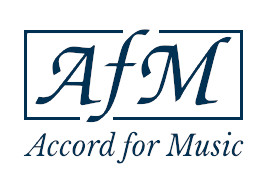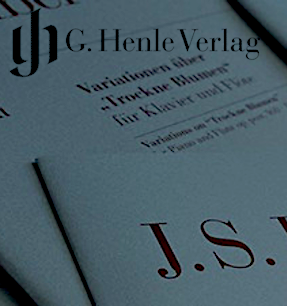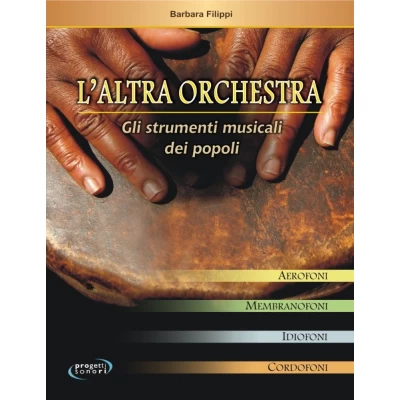Every occasion can be the right one to explore, learn about and enrich our sound heritage. A few stimuli and a little attention towards the acoustic environment are enough to reawaken that interest, sometimes a little dormant, towards other musical cultures, those less codified, less told, with their rites, their traditions and their musical instruments. A musical instrument is listened to, played, built, manipulated and, little by little, it becomes a container of emotions. In short, it becomes part of us.
The other Orchestra is full of ideas useful for understanding materials, customs, cultures and natural landscapes that intersect in various ways with music. If different languages can distance oneself, create barriers between human beings, a musical instrument, on the contrary, is able to unite, to establish a relationship even between people who are most distant from each other. Many performance styles and practices have remote origins and are more widespread than you might think. Rediscovering them will mean talking, communicating, loving, living better. Not a traditional catalogue, therefore, but the best of humanity that plays.
This volume is aimed at primary and secondary school teachers, university students of Education Sciences and those of Music Teaching in Conservatories, as well as all those people who also like to discover the other side of music... precisely, the other Orchestra.



































